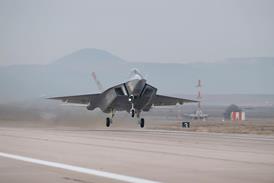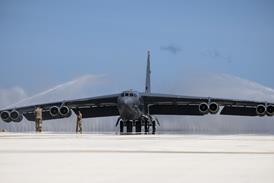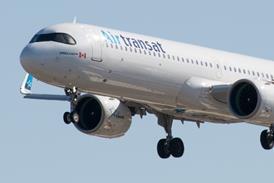FlightGlobal is the global aviation community’s primary source of news, data, insight, knowledge and expertise. We provide news, data, analytics and advisory services to connect the aviation community globally and help organisations shape their business strategies, identify new opportunities and make better decisions faster.
Fuel-cell powertrain progress offers Airbus hope for hydrogen

Despite delaying service entry by up to 10 years, Airbus is still pressing ahead with its ZEROe hydrogen aircraft programme and has tweaked the design of a conceptual fuel cell-powered airliner that could carry up to 100 passengers on routes of up to 1,000nm.
Keep reading this article by becoming a FlightGlobal member now
PLEASE REGISTER FOR FREE OR SIGN IN TO CONTINUE READING

You have reached your limit of free articles for this period. Register for a FREE account to read this article and benefit from:
- Increased access to online news and in-depth articles from:
- FlightGlobal Premium covering the global aviation industry
- Airline Business providing insight for business leaders
- Weekly newsletters on topics across the industry





















